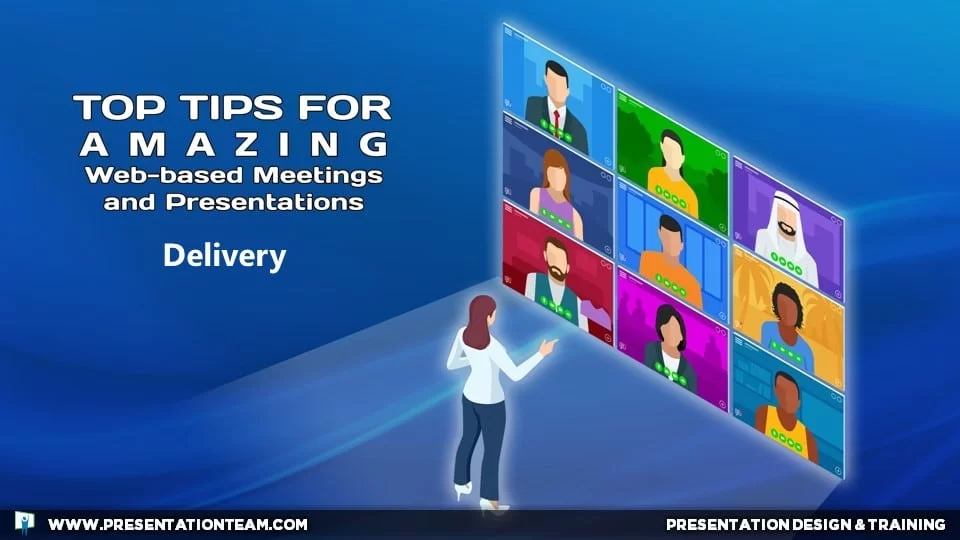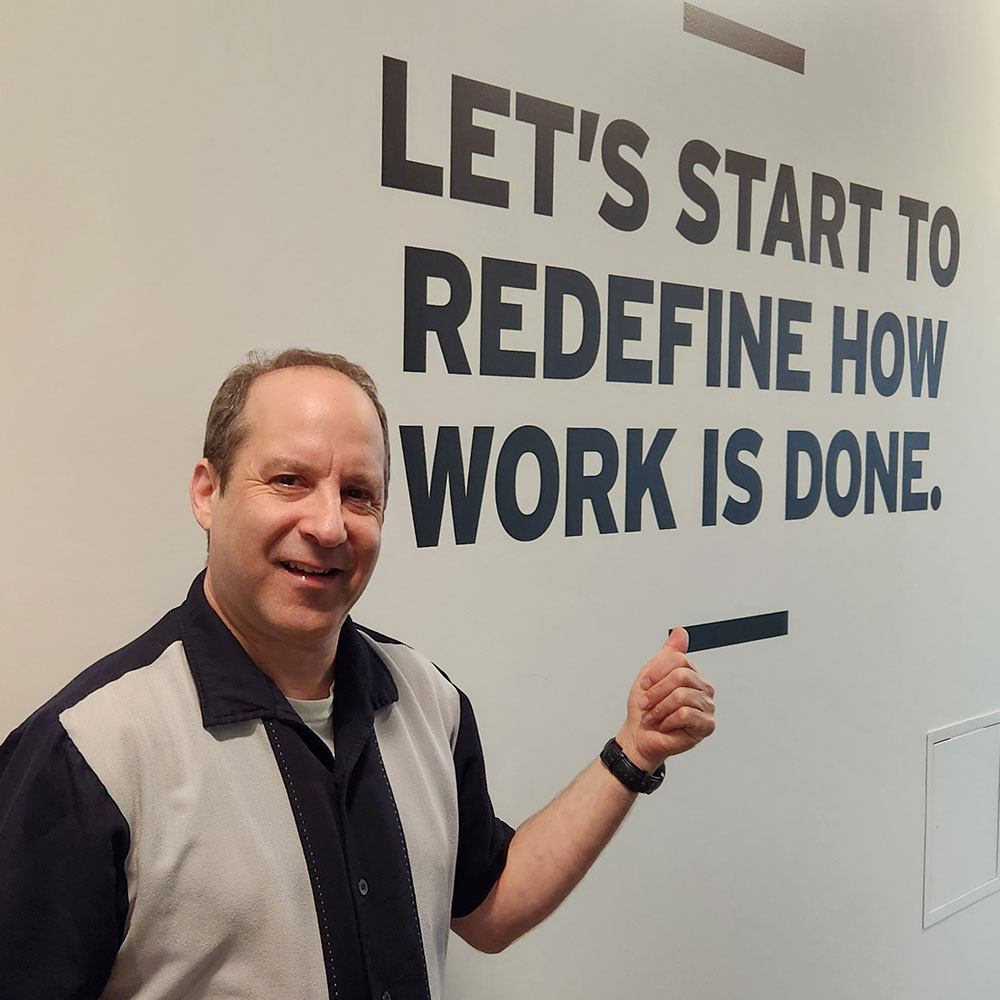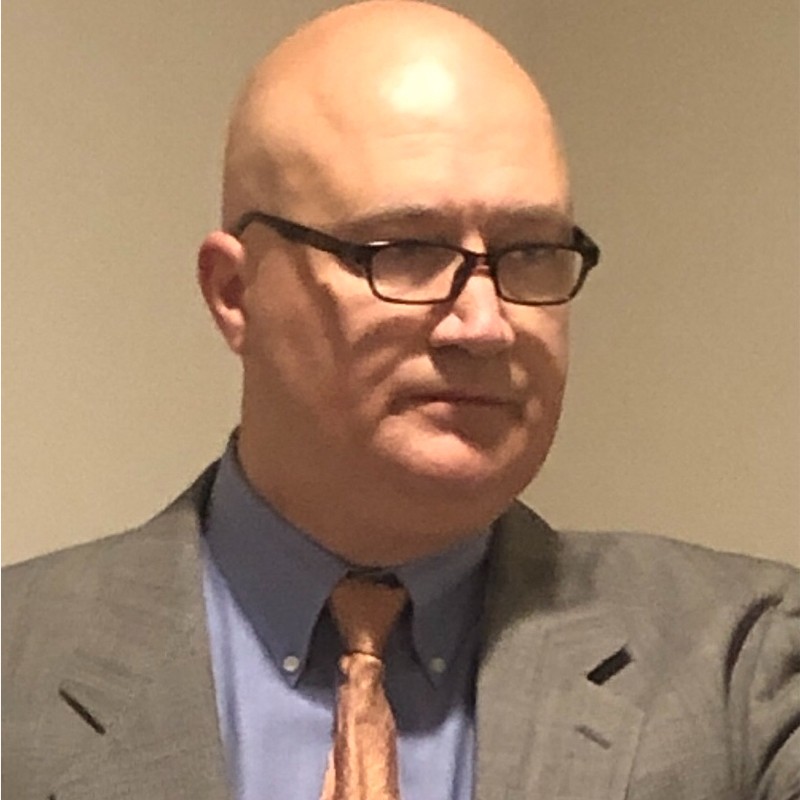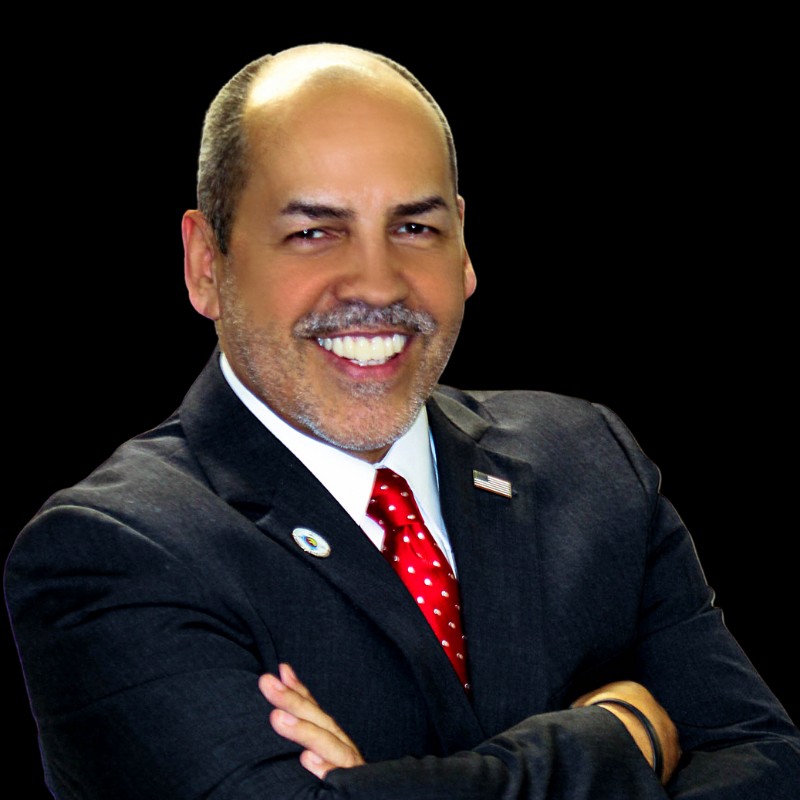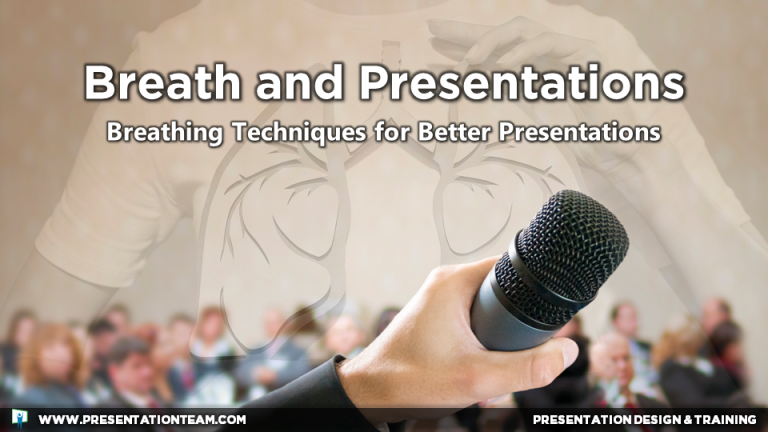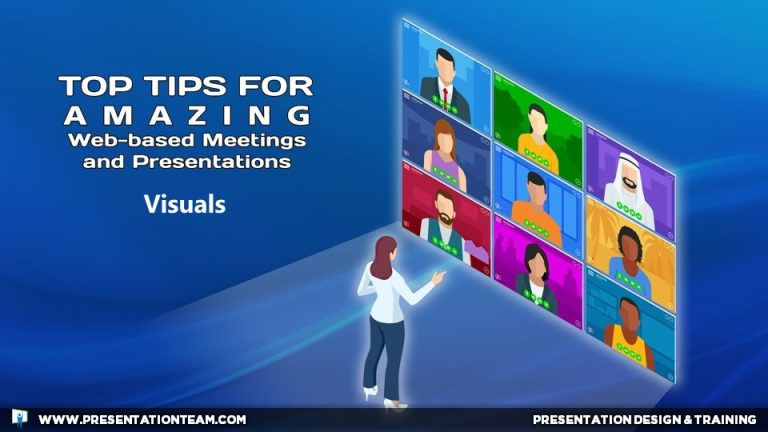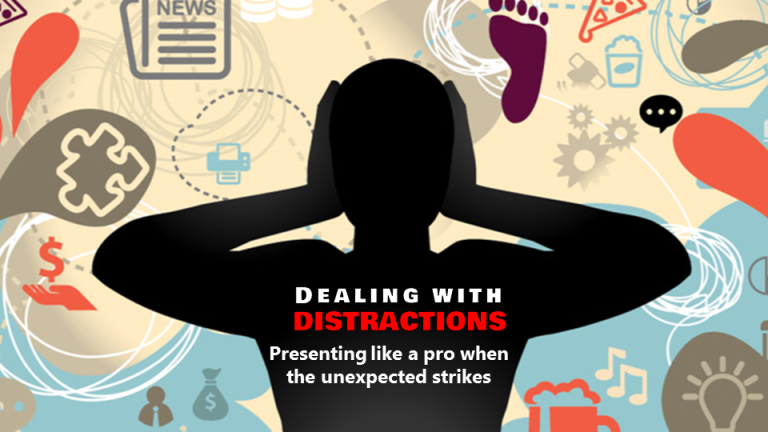In this conversation, Jeremey Donovan discusses his new book, How To Win the Toastmasters World Championship of Public Speaking.
A Conversation with Jeremey Donovan

Jeremey Donovan is Group Vice President of Marketing at Gartner Inc., the world’s leading information technology research and advisory company with $1.6 billion in annual revenue. During his career, Jeremey has led successful teams focused on market research, new product development, marketing, acquisitions, and product management. He is a three-time TEDx organizer, a TEDx speaker, a coach for many TED and TEDx speakers, and long-time member of Toastmasters International. His other books include What Great Looks
In this conversation, Jeremey discusses his new book, How To Win the Toastmasters World Championship of Public Speaking.
Geetesh: Tell us more about Toastmasters World Championship, and how your book can help participants be better prepared for this contest?
Jeremey: Each year, thirty thousand of Toastmaster’s 280,000 members compete to determine who will be crowned the World Champion of Public Speaking. The winners are transformed instantly from unknowns to royalty—mobbed at conferences by well-wishers and sought after as sages by legions of speakers dreaming of replicating the victors’ success. The contest has two main rules. The first is that speakers must craft original content. The second is that speeches must be delivered in a more than four minutes and thirty seconds and less than seven minutes and thirty seconds. Beyond those requirements, speakers are free to do and say pretty much anything they want. Though this offers incredible flexibility, the contest has evolved into an inspirational storytelling competition. Winning speeches are secular sermons centered on reminding the audience about an eternal truth or virtue.
In 2013, after fifteen years of attending weekly meetings as a dedicated Toastmaster, I finally decided to compete in the World Championship of Public Speaking. I had two goals that drove me. One was to share a message with the world – that we should take the time each day to appreciate the people we love since one day we may not have that opportunity. The second was to understand the mechanics of the contest. The message part came easily to me. The mechanics of the contest were a far greater mystery since no book existed on this esoteric and highly guarded set of secrets. In order to illuminate the secrets of claiming victory in the World Championship of Public Speaking, I interviewed twelve former winners and carefully deconstructed the videos of the past twenty champions as well as the nine finalists in the 2012 competition.
In How To Win the Toastmasters World Championship of Public Speaking. I share 51 tips that speakers must follow to improve their odds of winning the contest. These tips span: how to enter and exit the stage; how to select a topic with universal appeal; how to construct a story; how to write a speech with broad emotional range and effective use of language; how to master your verbal and non-verbal delivery; and, how to manage your fear of public speaking.
Geetesh: How can presenters benefit in their everyday work that involves speaking with or without slides to an audience – can skills learned from your book be helpful for them?
Jeremey: If you watch World Championship competition speeches, you will be immediately struck by how over-the-top the performances are. The topics are deeply personal allowing the speaker to bring the audience from deep despair to ecstasy in less than seven minutes. Vocal variety ranges from hushed whispers to triumphant singing. Many speakers employ highly theatrical movement including running, jumping, and even crawling on the floor in a drunken stupor. You should logically ask, “What does any of this have to do with speaking in my everyday work environment?”
Toned down, the techniques that make a great World Championship speech are the same techniques that make a confident business presentation. To illustrate this, I will translate three best practices from the contest into a corporate context.
In the final round, the speakers are so talented that the tiniest differences separate even the first and last place finishers. One such difference has nothing to do with the content, verbal, or non-verbal delivery of the speech. The difference lies in how the speaker enters and exits the stage. The best speakers know that they are being judged every moment that the audience can see them. This too is true in your work setting. When you are about to give a presentation, you should be mindful of the body language you are expressing. Though you will likely feel nervous, which is healthy and natural, you should appear confident by wearing a smile and by adopting a relaxed and poised posture. In the same spirit, avoid speaking about how hard you worked or how nervous you are to your business associates. If you need to vent, rely on your non-work friends and loved ones.
A second difference that distinguishes champion speakers is storytelling ability. Though traditional storytelling is applicable in certain corporate settings such as town hall meetings, you may be thinking that this skill does not apply in regular meetings. Quite the contrary. Business problem solving is simply storytelling in disguise. In a traditional story, Act I sets up the ordinary world for the hero. In business problem solving, Act I provides your coworkers with the situation or environment that existed before the challenge that you are facing came to be. In a traditional story, Act II begins with an inciting incident that throws your hero on a journey fraught with danger and opportunity. In your business story, the inciting incident is the problem or opportunity that has presented itself. Finally, in a traditional story, Act III begins just after a climactic struggle has been overcome. In your business story, the climax is solution that you propose to the problem at hand. The remainder of Act III represents your vision for how the business will be transformed as a result of your solution and includes any next steps you and your audience need to take.
A third best practice of winning speakers is their dynamic verbal delivery. While you need not and should not go to the extremes that Toastmasters World Champions go to, you do want to come off as a passionate conversationalist. To do that, you need to eliminate filler words by pausing briefly at commas and a bit longer at the ends of sentences. You want to wear your emotion for what you are talking about, at least a little, on your sleeve.
Each of the 51 tips in How To Win the Toastmasters World Championship of Public Speaking has the power to improve your public speaking ability at work. The only topic not covered is the effective use of slides. For that I recommend the book Presentation Zen by Garr Reynolds. However, there is something to be learned from the fact that speakers do not use slides in the World Championship of Public Speaking. As a speaker, your mission is to inform, persuade, inspire, or entertain your audience. To accomplish that, you need to connect on a personal level. With a few valid exceptions, using slides creates emotional distance between you and your audience. Speak without slides if you can but remember to prepare just as thoroughly if not more so.





